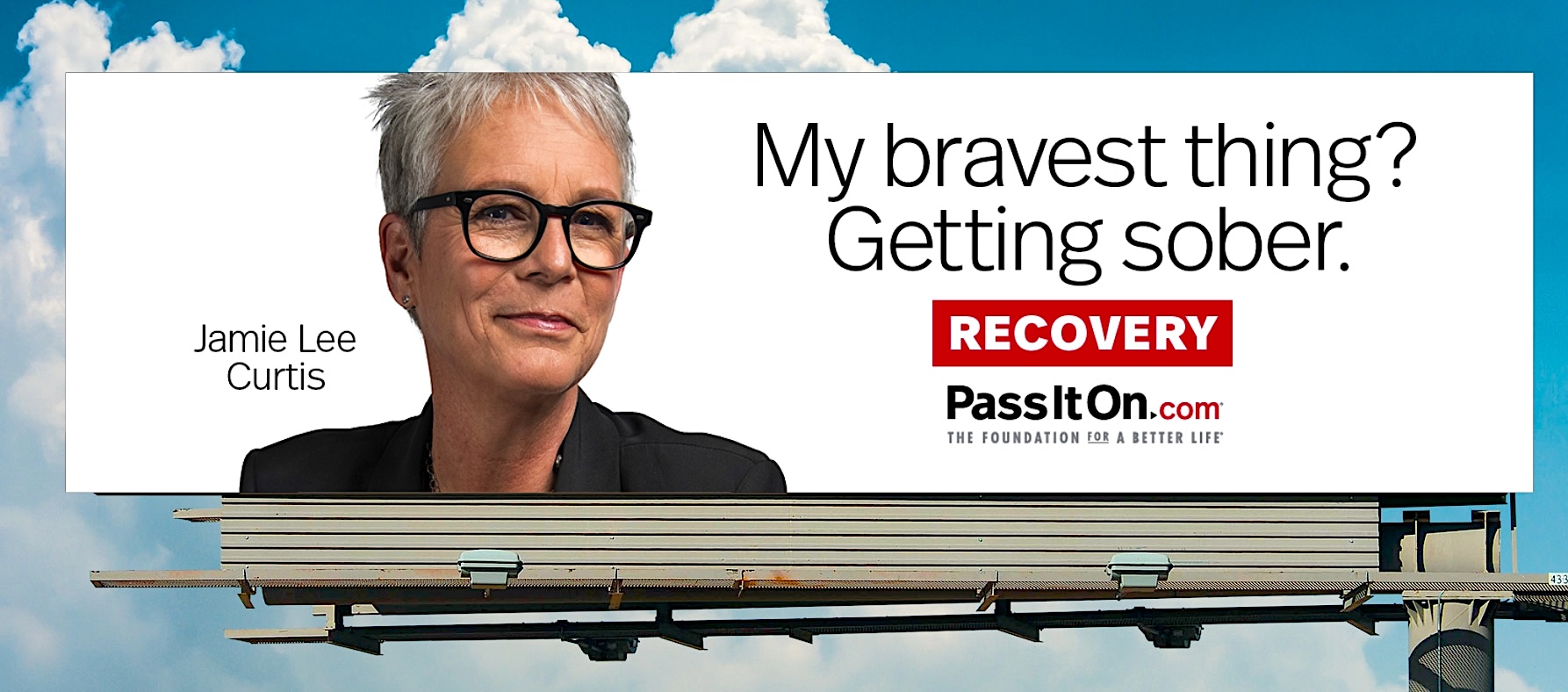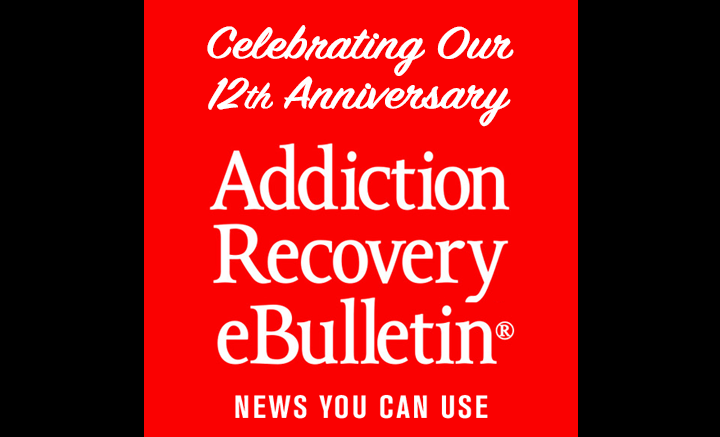ALL FALL DOWN –
March 14, 2025 – Studies exploring safety-reducing strategies, such as installation of blue lights in public restrooms to reduce vein visibility during drug use, have found these measures to be stigmatizing and ineffective. For this reason, it has become increasingly crucial to adopt safety-promoting measures that prioritize the well-being of people using drugs, offering support rather than punishment. This approach aligns with the broader philosophy of harm reduction, which aims to reduce the negative health, social, and legal consequences associated with drug use and restrictive drug policies. In this manner, harm reduction strategies strive to empower people who use drugs to do so more responsibly and safely through measures such as supervised injection sites, fentanyl test strips, and syringe exchange programs.
Following the failed “war on drugs,” which harshly penalized drug use and disproportionately targeted marginalized communities, many policy makers, including members of the United Nations, are increasingly seeing the potential of harm reduction as one avenue to address the opioid crisis on a global scale.



